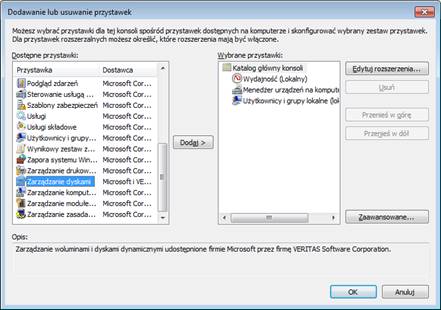
- #Tsmmc.msc windows 10 upgrade
- #Tsmmc.msc windows 10 verification
- #Tsmmc.msc windows 10 software
- #Tsmmc.msc windows 10 password
- #Tsmmc.msc windows 10 windows
#Tsmmc.msc windows 10 password
Here, if you want to change the Directory Service Restore Mode Administrator password you’ll need to use the following method:
#Tsmmc.msc windows 10 windows
On Windows Server 2003, the setpwd or NET USER trick won’t work. This will change the local administrator’s password to 123456.
At a command prompt, type the following command:. On Windows 2000, if you do not know the Directory Service Restore Mode Administrator password you can easily change it to something else by using the following method: You can now use the Administrator account to log on to Recovery Console or Directory Services Restore Mode using the new password. Use the Local User and Groups snap-in (Lusrmgr.msc) to change the Administrator password. After you successfully log on, use one of the following methods to change the local Administrator password:Īt a command prompt, type the following command:. Select the Directory Service Restore Mode option. When the selection menu screen is displayed during the restart process, press F8 to view advanced startup options. Shut down the domain controller on which you want to change the password. On Windows 2000, if you do know the Directory Service Restore Mode Administrator password you can easily change it to something else by using the following method: Note: If you make a mistake, repeat these steps to run setpwd again. When you are prompted to type the password for the Directory Service Restore Mode Administrator account, type the new password that you want to use. To change the SAM-based Administrator password on a remote domain controller, typeĪnd then press ENTER, where servername is the name of the remote domain controller. To change the local SAM-based Administrator password, type. At a command prompt, change to the %SystemRoot%System32 folder. If Windows 2000 Service Pack 2 or later is installed on your computer, you can use the Setpwd.exe utility to change the SAM-based Administrator password. To do this: To change the local Administrator password that you use when you start Recovery Console or when you start Directory Service Restore Mode, use one of the following methods: The SAM-based account and password are computer specific and they are not replicated to other domain controllers in the domain.įor ease of administration of domain controllers or for additional security measures, you can change the Administrator password for the local SAM. The SAM is located in the %SystemRoot%System32Config folder. The Administrator password that you use when you start Recovery Console or when you press F8 to start Directory Service Restore Mode is stored in the registry-based Security Accounts Manager (SAM) on the local computer. This password is also used by Recovery Console, and is separate from the Administrator password that is stored in Active Directory after a completed promotion. When you promote a Windows 2000 or Windows Server 2003 Server-based computer to a domain controller, you are prompted to type a Directory Service Restore Mode Administrator password. System File Checker Utility (Set Cache Size to size x) : sfc /cachesize=x 
System File Checker Utility (Purge File Cache) : sfc /purgecache System File Checker Utility (Return to Default Setting) : sfc /revert System File Checker Utility (Scan On Every Boot) : sfc /scanboot System File Checker Utility (Scan Once At Next Boot) : sfc /scanonce System File Checker Utility (Scan Immediately) : sfc /scannow Opens AC3 Filter (If Installed) : ac3filter.cpl ODBC Data Source Administrator : odbccp32.cpl Nview Desktop Manager (If Installed) : nvtuicpl.cpl Java Control Panel (If Installed) : javaws Java Control Panel (If Installed) : jpicpl32.cpl
#Tsmmc.msc windows 10 verification
Watson System Troubleshooting Utility : drwtsn32įile Signature Verification Tool : sigverif

Resultant Set of Policy (XP Prof) : rsop.mscĭirect X Control Panel (If Installed)* : directx.cplĭisplay Properties (w/Appearance Tab Preselected) : control colorĭr. Removable Storage Operator Requests : ntmsoprq.msc Network Connections : control netconnections Group Policy Editor (XP Prof) : gpedit.msc NetBT_Tcpip_ (MyPC)Īdministrative Tools : control admintools
#Tsmmc.msc windows 10 software
Software version Windows Vista (TM) Ultimate To check if your computer is hidden in the network neighborhood type this in the command prompt

For Windows Vista users, there is an inbound and outbound firewall protection by default.
#Tsmmc.msc windows 10 upgrade
Upgrade to Windows XP Service Pack 2, there is a free inbound protection firewall. The solution for this problem is by using a Firewall. So how about my IP address? what if they have an ip-scanner, still they can find me? This command will hide you from the Network neighborhood but your shared folders can still be access. In the command prompt enter the following commands:







 0 kommentar(er)
0 kommentar(er)
